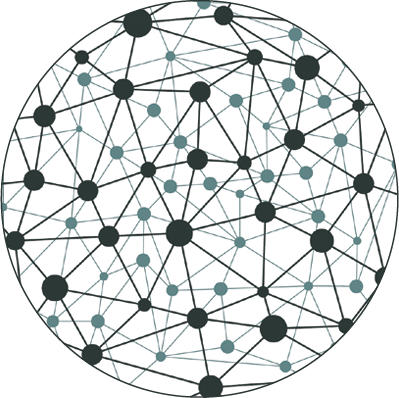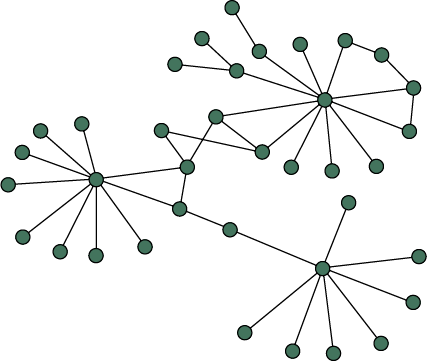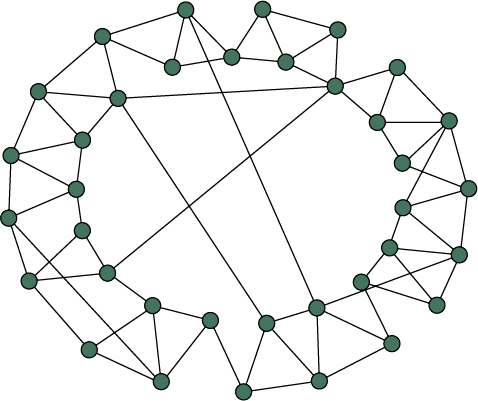Change Selection
01
Please choose a question

UNDERSTANDING NETWORKS
A way of understanding the importance and function of networks. Networks are
everywhere. They are the way that people connect and share information and
they are tremendously powerful. An organisation is made up of several
interconnecting networks, that also connect outwards to other organisations and
systems. They are not limited by hierarchy or formal structure.
All networks have connection points (edges), clustering patterns and pathways.
Different network theories explain the properties of networks and the ways that
they function and behave in different ways.
Random Network Theory
Pál Erdös and Alfréd Rényi (1959)
Random network theory suggests that there is no pattern to the way that edges
connect to each other. It suggests that each edge will have broadly the same
number of connections and that it has low clustering pattern co-efficiency. This
means information spreads quickly.

The Scale-Free Network
Barabasi and Bonabeau (1999)
The scale-free network is characterised by power-hubs. These grow quickly and
become popular, making them more attractive. This is termed preferential attachment.
Each edge in the network has a varying number of connections and a variable
cluster pattern. The power hubs have large cluster patterns (Their friends know
each other), while the other edges have low cluster patterns. The pathways
between different points are also short.
The network is characterised by unlimited growth and information spreads quickly.

Small-World Network Theory
Small-World Network Theory is commonly attributed to the work of Watts and
Strogatz (1998). It is based on the Theory of Six Degrees of Separation. The
theory claims that networks in dynamic systems have small pathways and
complex clustering patterns. This means there are many local links but fewer
longer ones. The theory also claims that the pattern is random, with some
connecting locally whilst others have long shortcuts to edges further away.


